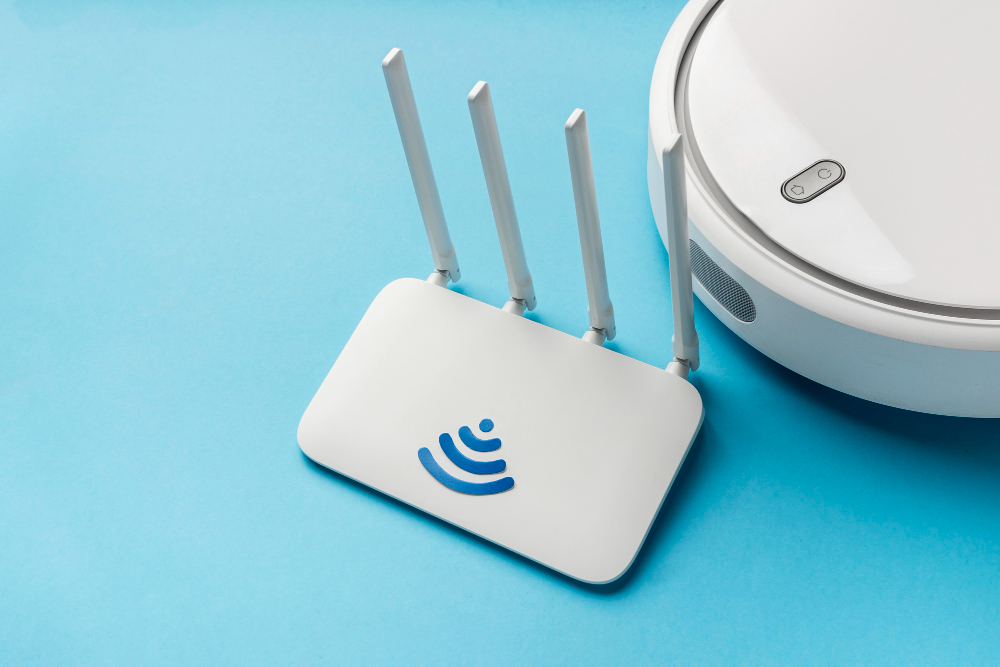-

Understanding the Differences Between TCP and UDP
Transmission Control Protocol (TCP) and User Datagram Protocol (UDP) are two fundamental communication protocols that operate at the transport layer of the…
Featured News
-
Understanding the Differences Between TCP and UDP
.
Transmission Control Protocol (TCP) and User Datagram Protocol (UDP) are two fundamental communication protocols that operate at the transport layer of the Internet Protocol (IP) suite. While both protocols…
Featured Stories
-
Understanding the Differences Between TCP and UDP
.
Transmission Control Protocol (TCP) and User Datagram Protocol (UDP) are two fundamental communication protocols that operate at the transport layer of the Internet Protocol (IP) suite. While both protocols…
Politics
-
Understanding the Differences Between TCP and UDP
.
Transmission Control Protocol (TCP) and User Datagram Protocol (UDP) are two fundamental communication protocols that operate at the transport layer of the Internet Protocol (IP) suite. While both protocols…
Economy
-
Understanding the Differences Between TCP and UDP
.
Transmission Control Protocol (TCP) and User Datagram Protocol (UDP) are two fundamental communication protocols that operate at the transport layer of the Internet Protocol (IP) suite. While both protocols…
Recent Articles
-

Understanding the Differences Between TCP and UDP
.
Transmission Control Protocol (TCP) and User Datagram Protocol (UDP) are two fundamental communication protocols that operate at the transport layer of the Internet Protocol (IP) suite. While both protocols…
-

Mikhmon: Solusi Manajemen Mikrotik yang Efektif
.
Mikhmon adalah aplikasi web sederhana yang dirancang khusus untuk memudahkan pengelolaan perangkat MikroTik. Dikembangkan dengan fokus pada antarmuka pengguna yang ramah, Mikhmon memberikan solusi yang mudah digunakan bahkan bagi…